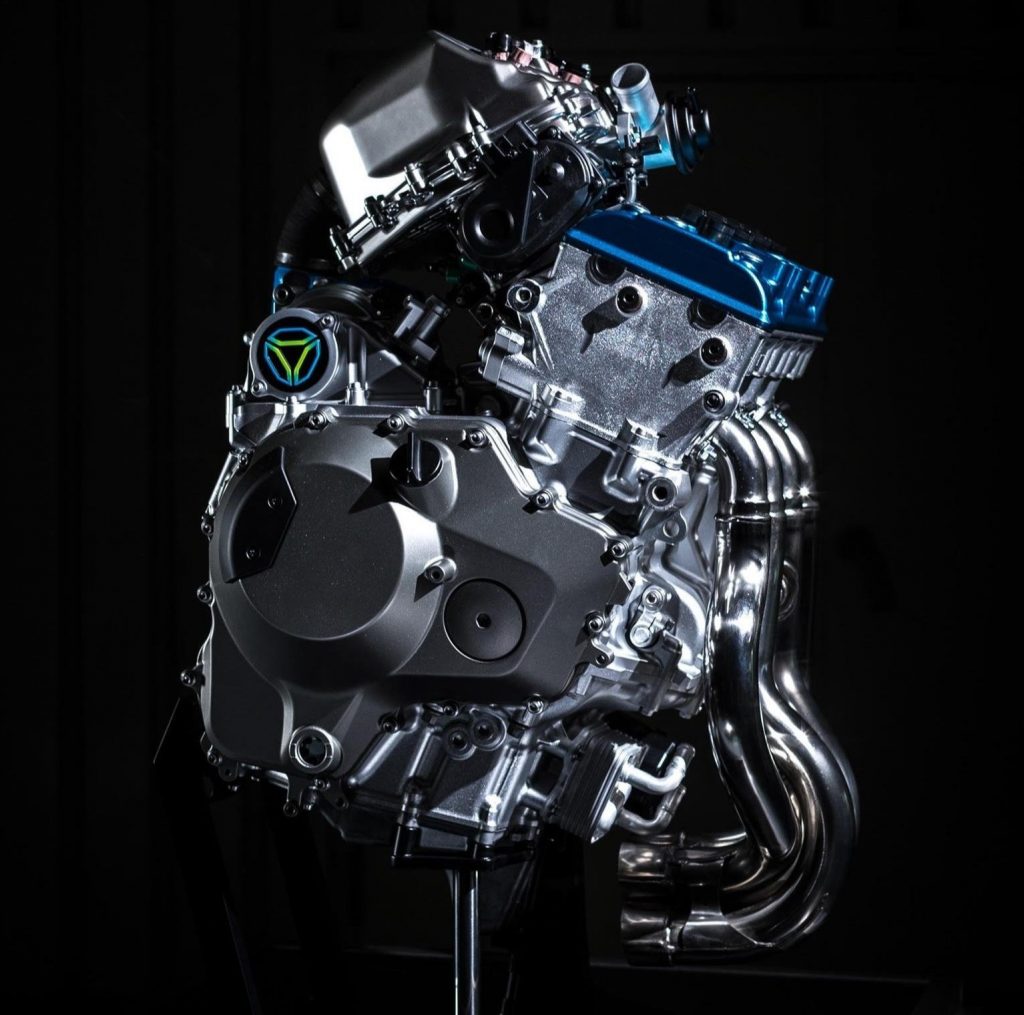The competition between gasoline-powered and electric motorcycles has entered a new phase with Kawasaki’s latest innovation. The Japanese manufacturer has introduced the Ninja H2 HySE, a revolutionary superbike that combines hydrogen fuel cell technology with an electric motor.
This advanced combination not only delivers exceptional performance but also offers a more environmentally friendly solution. With this breakthrough, Kawasaki is paving the way for a more sustainable future for high-speed motorcycles.
Speed, Power, Zero Emissions

Behind the Ninja H2 HySE's outstanding performance is an innovative hybrid powertrain that combines a hydrogen fuel cell, lithium-ion battery and electric motor. Instead of relying on a conventional engine, this system converts hydrogen into electricity to power the motor, delivering instant acceleration with zero emissions.
With 134 horsepower, this superbike sprints from 0-60 mph in just 3 seconds, reaches speeds over 100 mph, and remains lightweight at under 500 pounds. Its 3.5-liter hydrogen tank provides a range of up to 93 miles, while refueling remains quick and convenient.
This technology becomes even more advanced with an intelligent regenerative braking system that captures kinetic energy to recharge the battery, as well as a rear-wheel lift sensor that ensures smooth and stable braking. As hydrogen infrastructure continues to develop, Kawasaki sees this powertrain as a sustainable solution to address the challenges of future motorcycles.
More than just an innovation, the Ninja H2 HySE marks the beginning of a new era in two-wheeled transportation - combining power, efficiency and sustainability in a package that transcends the limitations of today's electric motorcycles.
Futuristic Superbike Design

Inspired by Kawasaki's renowned H2 series, the Ninja H2 HySE features an aerodynamic design that prioritizes high-speed stability. An open trellis frame, sloping front cowl and low clip-on handlebars give the bike an aggressive, race-ready appearance.
Equipped with LED lighting and futuristic features such as mirrors with integrated turn signals and cameras replacing traditional mirrors, the HySE offers a blend of aesthetics and functionality. At the rear, the Ninja H2 HySE features a sleek dual-taillight design. However, what’s even more intriguing is what lies beneath—not just hard panniers, but dedicated storage compartments for hydrogen tanks.

Inside the cockpit, a full-color TFT display provides real-time driving information, while semi-exposed chassis components enhance its lightweight construction and speed. Weighing less than 500 lbs, the bike remains nimble thanks to its lightweight frame and swingarm.
Advanced features such as a 6-axis Inertial Measurement Unit (IMU), high-tech traction control, cornering ABS and semi-active suspension ensure optimum handling and stability in a variety of conditions.
Although still a concept, Kawasaki emphasizes that performance is the primary focus of the HySE, not just an eco-friendly experiment. With smooth torque delivery and quick acceleration, this bike delivers an exhilarating riding experience without compromising energy efficiency.
The Ninja H2 HySE offers a clear glimpse into the future of motorcycling, where hydrogen-powered vehicles can compete with gasoline bikes - offering zero emissions without sacrificing high performance.



















